 GNOME Logo | |
| Release Status | Maintained |
|---|---|
| Last Release | 48, 2025-03-19 |
| Language(s) | C, C++, C#, Python, JavaScript, HTML among others |
| Developer(s) | GNOME Project |
| Website | https://gnome.org/ |

GNOME (GNU Network Object Model Environment) is a modern, user-focused desktop environment known for its clean design, simplicity, and strong adherence to free software[1] principles. It is the default desktop environment for prominent Linux distributions such as Fedora, Ubuntu, and Debian, and remains a popular choice across the broader Linux and BSD ecosystems.
History
GNOME was launched in 1997 by Miguel de Icaza and Federico Mena Quintero as a free software alternative to KDE, which at the time relied on the Qt toolkit, which at the time was not fully licensed under free software terms[2]. GNOME aimed to provide a fully open-source desktop environment built using the GTK toolkit, originally developed for GIMP.
Timeline[3]
- GNOME 1.0 was released in 1999.
- GNOME 2 (2002–2011): Adopted a traditional desktop metaphor and panel-based interface.
- GNOME 3 (2011): Introduced GNOME Shell, shifting to a more modern and streamlined user interface focused on productivity and simplicity.
- GNOME 40+ (2021 onward): Marked a shift to a new versioning system and introduced horizontal workspace navigation, gesture support, and further visual and usability improvements.
GNOME is developed by the GNOME Project, a community-led initiative supported by the GNOME Foundation[4], a nonprofit promoting software freedom and a user-focused design.
References
- ↑ What is Free Software?, GNU (Accessed: May 7, 2025)
- ↑ Early Developments of QT, Wikipedia (Accessed: May 7, 2025)
- ↑ History of GNOME, Wikipedia (Accessed: May 7, 2025)
- ↑ GNOME Foundation Website
